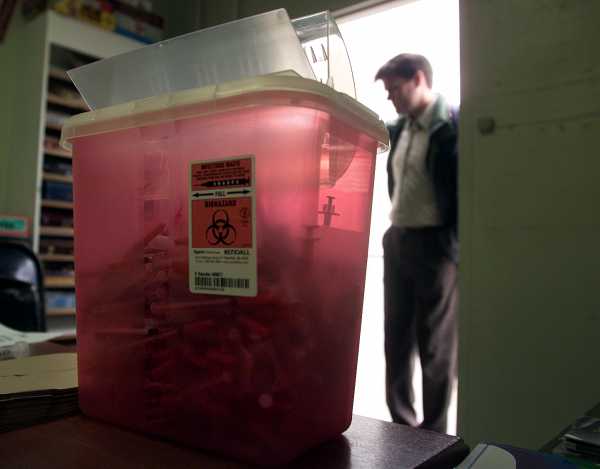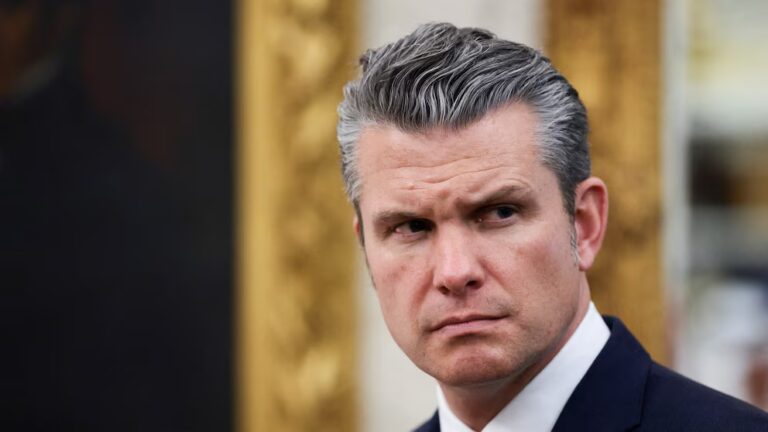
Over the weekend, California Gov. Jerry Brown vetoed a bill that would have allowed supervised drug consumption sites in the state — particularly in San Francisco, which is looking to open a site to help stem the tide of drug overdose deaths in the opioid epidemic.
Supervised consumption sites (also known as safe injection sites, medically supervised consumption sites, and many other names) are spaces where people can use drugs with sterile injection equipment and the supervision of trained staff, who are ready with the opioid overdose antidote naloxone if anything goes wrong. The sites may also link people to addiction treatment on request.
The idea: While in an ideal world, no one would use dangerous and potentially deadly drugs, many people do. So it’s better to give these people a space where they can use drugs with some sort of supervision. It’s a harm reduction approach.
Brown was unreceptive to this idea, describing it as “enabling illegal drug use.” But he also cited another concern: “[A]lthough this bill creates immunity under state law, it can’t create such immunity under federal law. In fact, the United States Attorney General has already threatened prosecution and it would be irresponsible to expose local officials and health care professionals to potential federal criminal charges.”
Under Attorney General Jeff Sessions and Deputy Attorney General Rod Rosenstein, the Trump administration — particularly the US Department of Justice — has threatened states and cities looking to open supervised consumption sites. Rosenstein recently published an op-ed in the New York Times criticizing the sites; he also issued a warning to city officials and potential beneficiaries of supervised consumption sites on the NPR member station WHYY in Philadelphia.
“It remains illegal under federal law,” Rosenstein said. “And people engaged in that activity remain vulnerable to civil and criminal enforcement.”
To defend its position, the Justice Department has cited a law originally meant to stop crack houses, noting, “It is a crime, not only to use illicit narcotics, but to manage and maintain sites on which such drugs are used and distributed.”
This threat appears to have deterred Brown from allowing supervised consumption sites in his own state, citing the possibility of federal prosecution. In other words, the threat is working.
There’s some evidence for supervised consumption sites
Advocates say supervised consumption sites can save lives, citing some of the research done on the facilities in Australia, Canada, and Europe. Drawing on more than a decade of studies, the European Monitoring Centre for Drugs and Drug Addiction in 2018 concluded that safe injection sites led to “safer use for clients” and “wider health and public order benefits.” Among those benefits: reductions in risky behavior that can lead to HIV or hepatitis C transmission, drops in drug-related deaths and emergency service calls related to overdoses, and greater uptake in drug addiction treatment, including highly effective medications for opioid addiction.
Critics have typically taken a line like Brown’s against safe injection sites, arguing that they might enable illicit drug use or, at the very least, attract drug users to a neighborhood that otherwise wouldn’t have as much drug use.
None of the research done so far, however, has found evidence for this. In fact, while fears of enabling more drug use are a common talking point against harm reduction approaches, from needle exchanges to naloxone to supervised consumption sites, none of the empirical work on these issues has found solid proof that they significantly increase drug use. It’s just not an evidence-based claim.
That’s not to say that the research on supervised consumption sites is perfect. Given that the evidence so far comes from just a few sites in other countries, much more research is needed, particularly for how a site could work in the US. But to get that, someone has to actually open a site in the US first. And while there are illegal sites around the US, so far no one has opened one that’s sanctioned by the government.
In the past couple of years, several US cities have said they want to change this, including San Francisco but also New York City, Philadelphia, and Seattle.
The moves are largely in response to the opioid epidemic, which is now the deadliest drug overdose crisis in US history. Drug overdose deaths in 2017 reached a record 72,000, at least two-thirds of which were linked to opioids, according to preliminary data from the Centers for Disease Control and Prevention. Advocates don’t believe that supervised consumption sites are a silver bullet to addiction and overdose, but they say the sites could play a crucial part in a broader approach to the opioid crisis.
Now the Trump administration’s threat seems to have played a role in, at the very least, delaying one of these cities from opening a supervised consumption site, although San Francisco Mayor London Breed said that she would work with community partners “to come up with a solution to move this effort forward.” It remains to be seen whether a site will really open in the city, and how other cities will react in the aftermath of the federal threats.
For more on safe injection sites, read Vox’s explainer.
Sourse: vox.com






